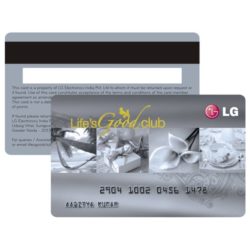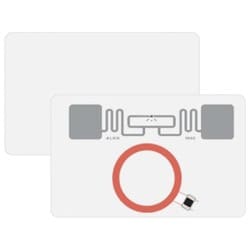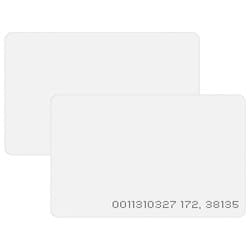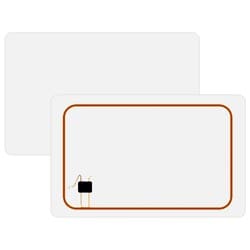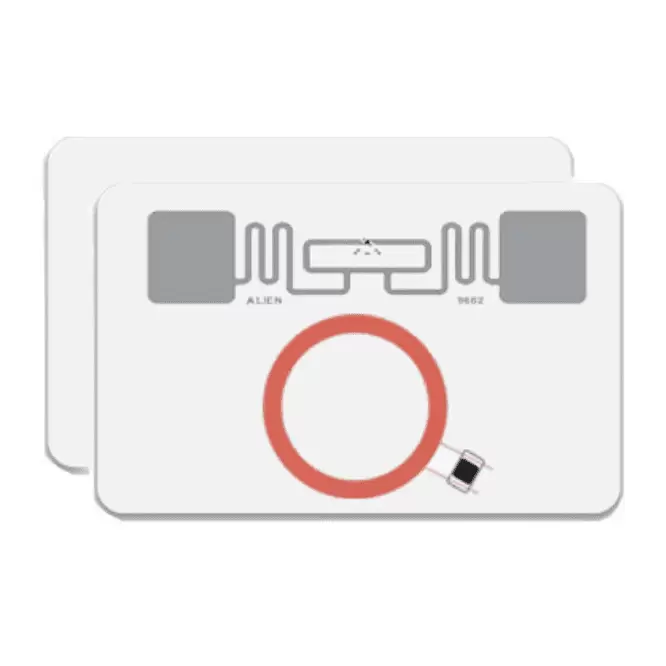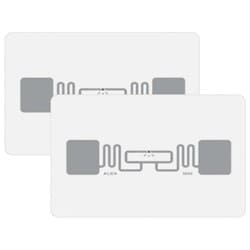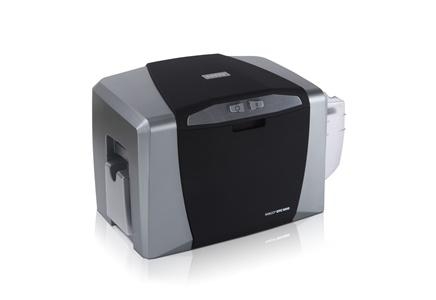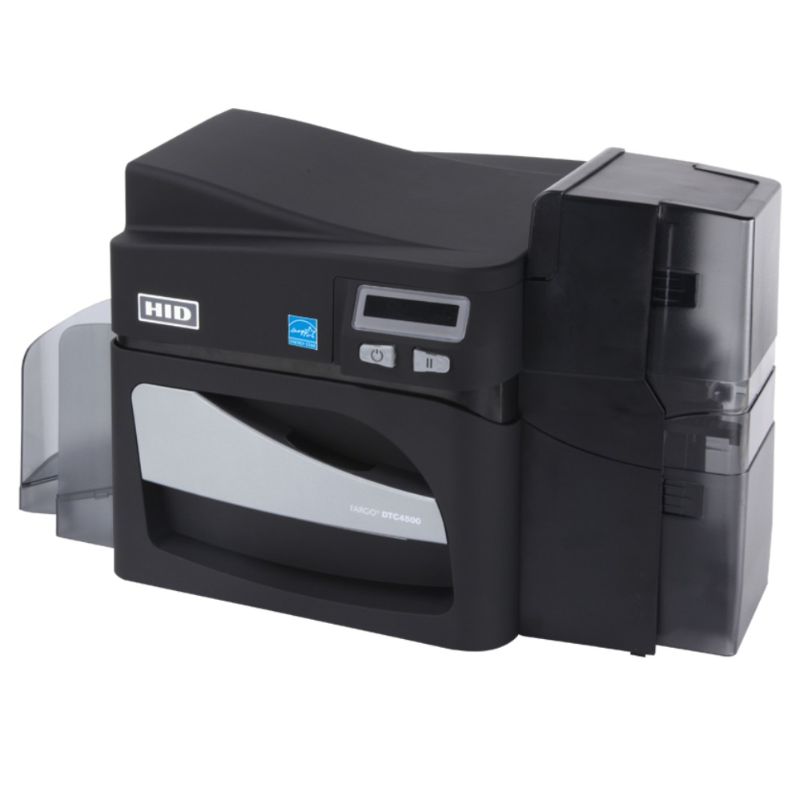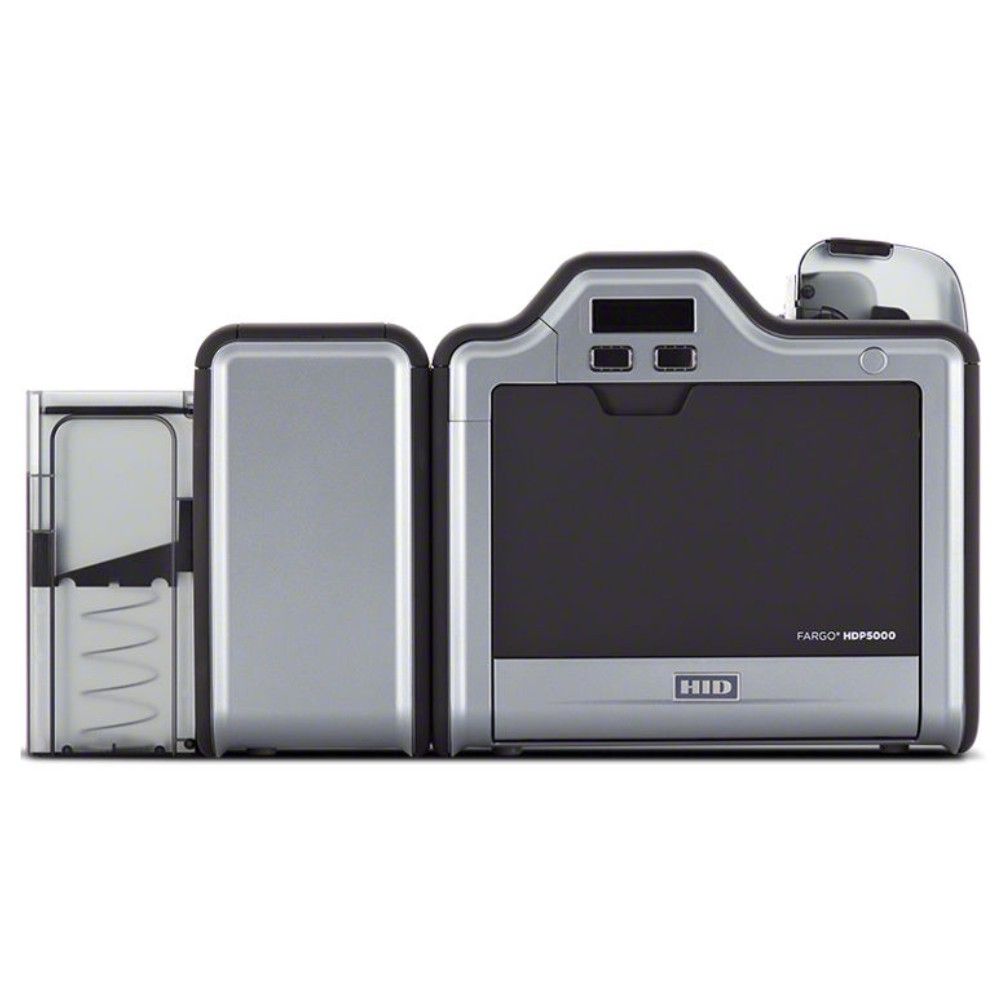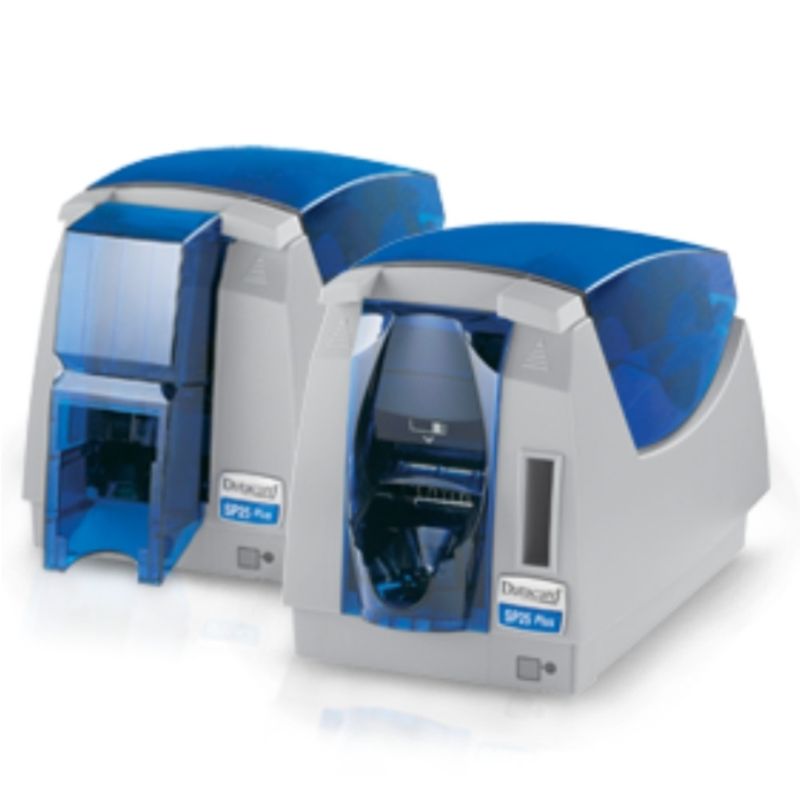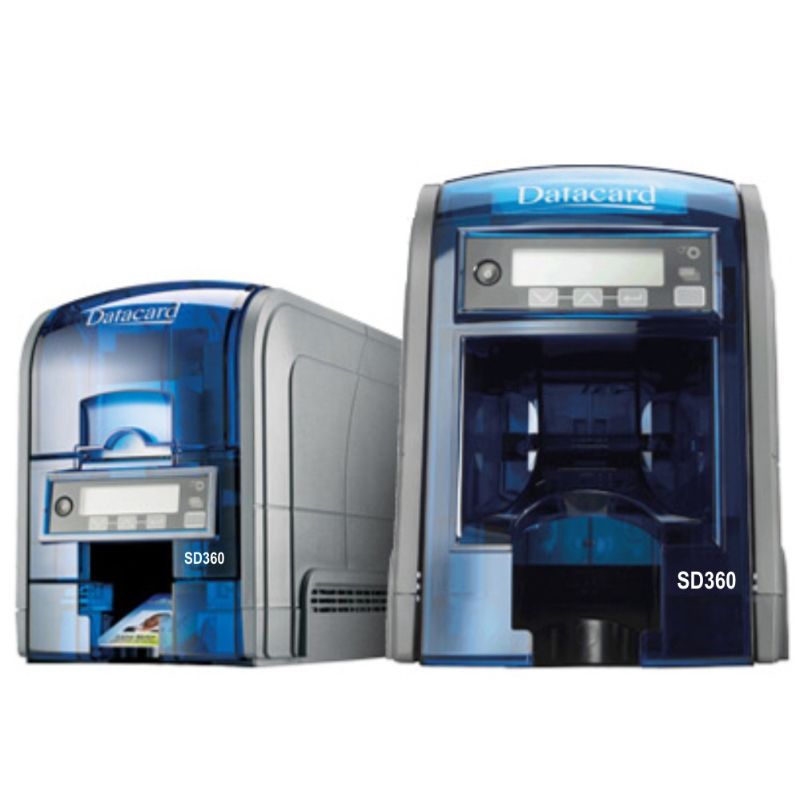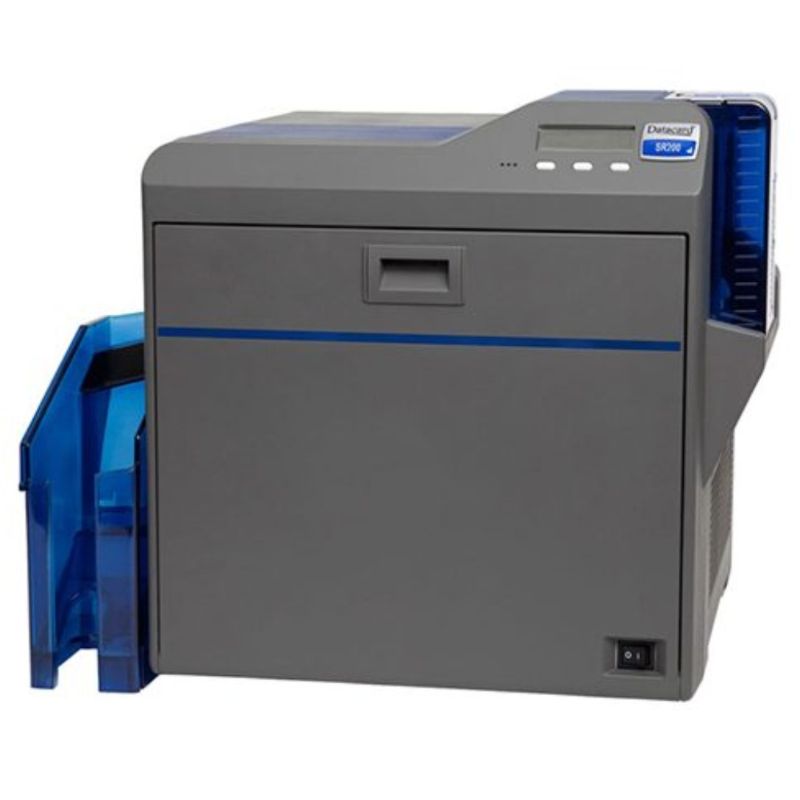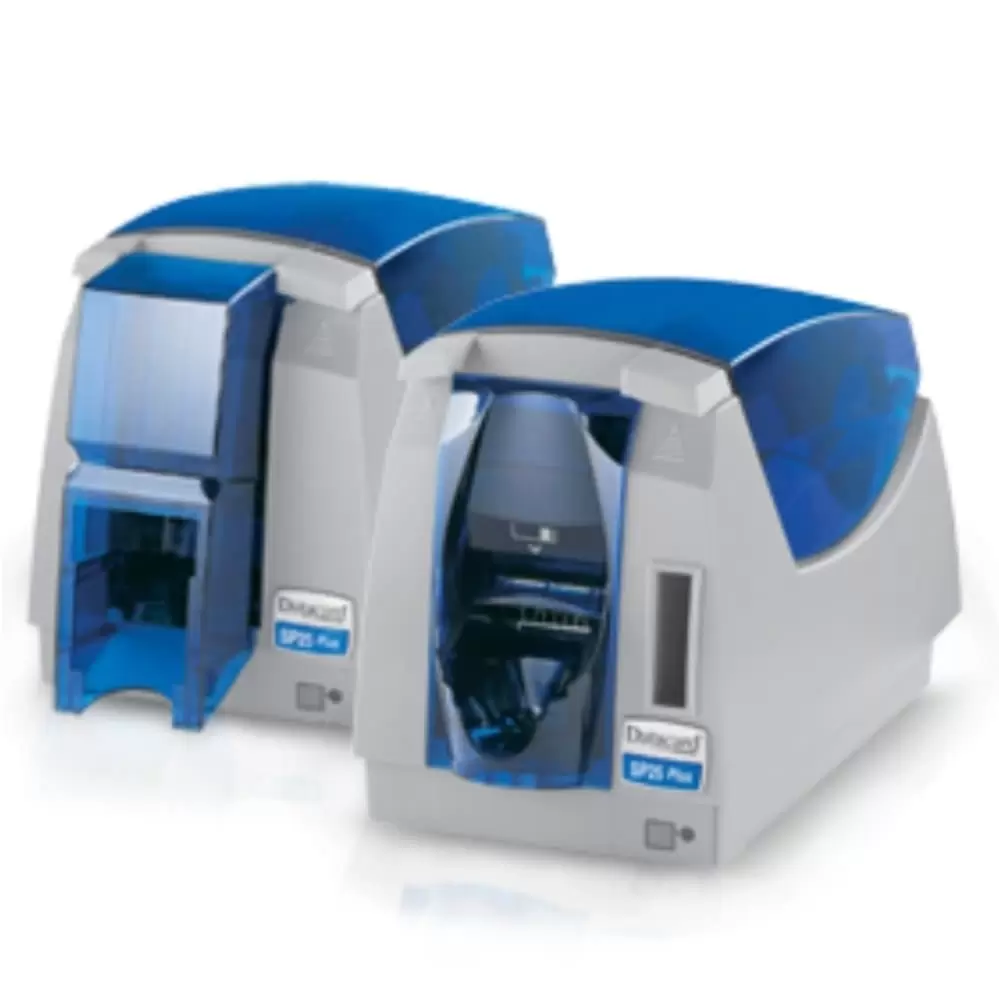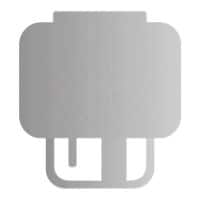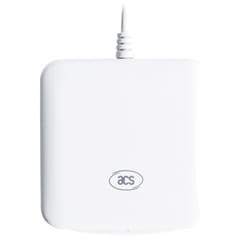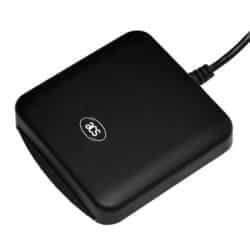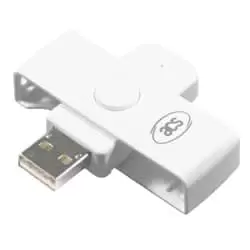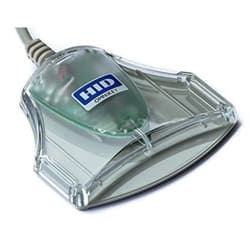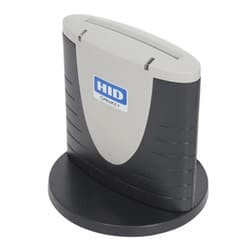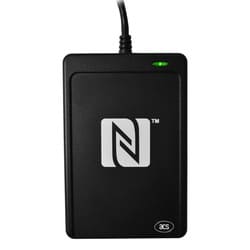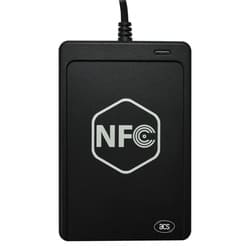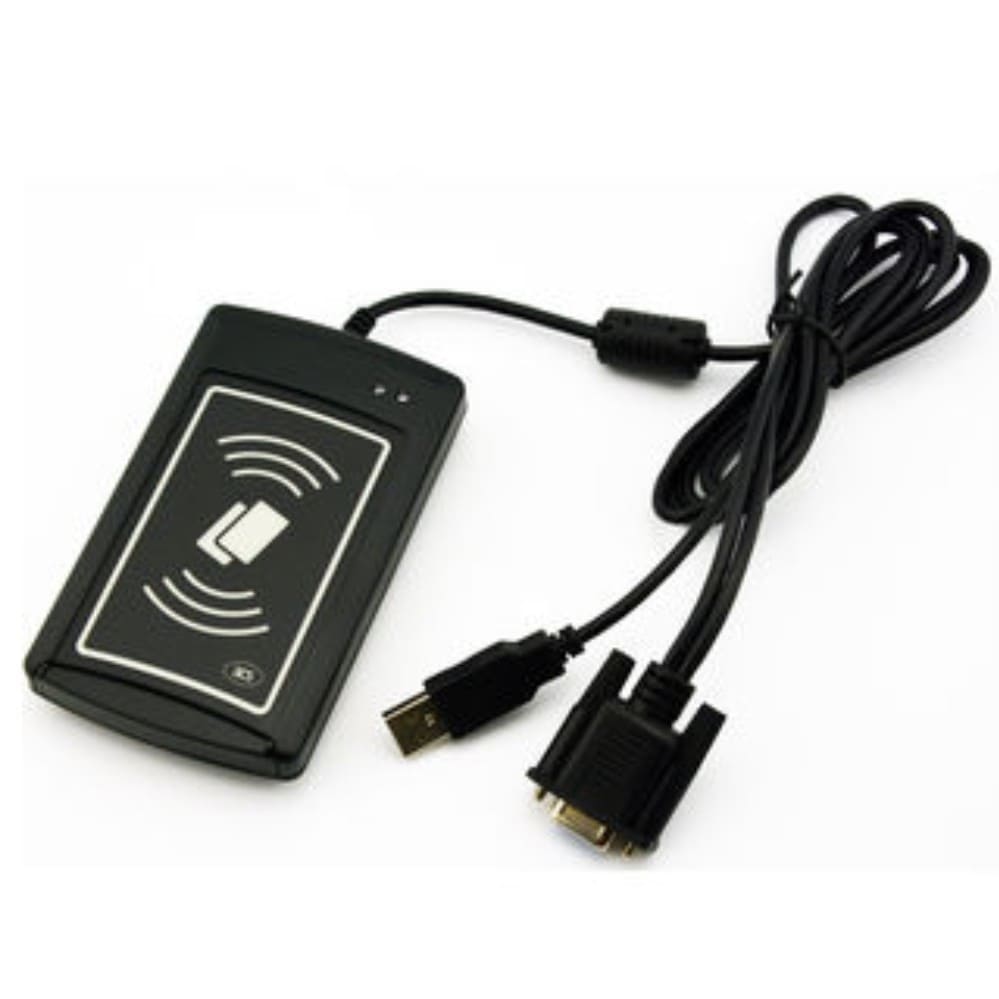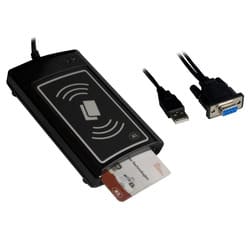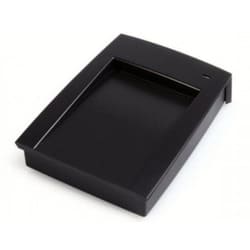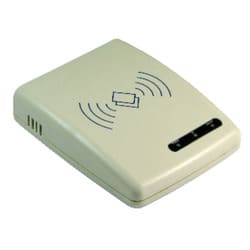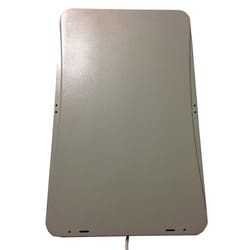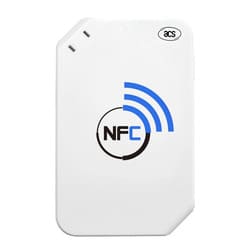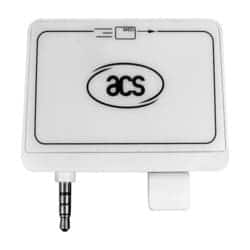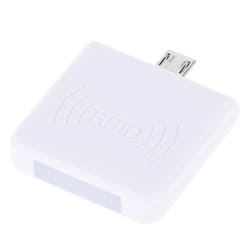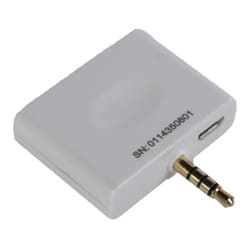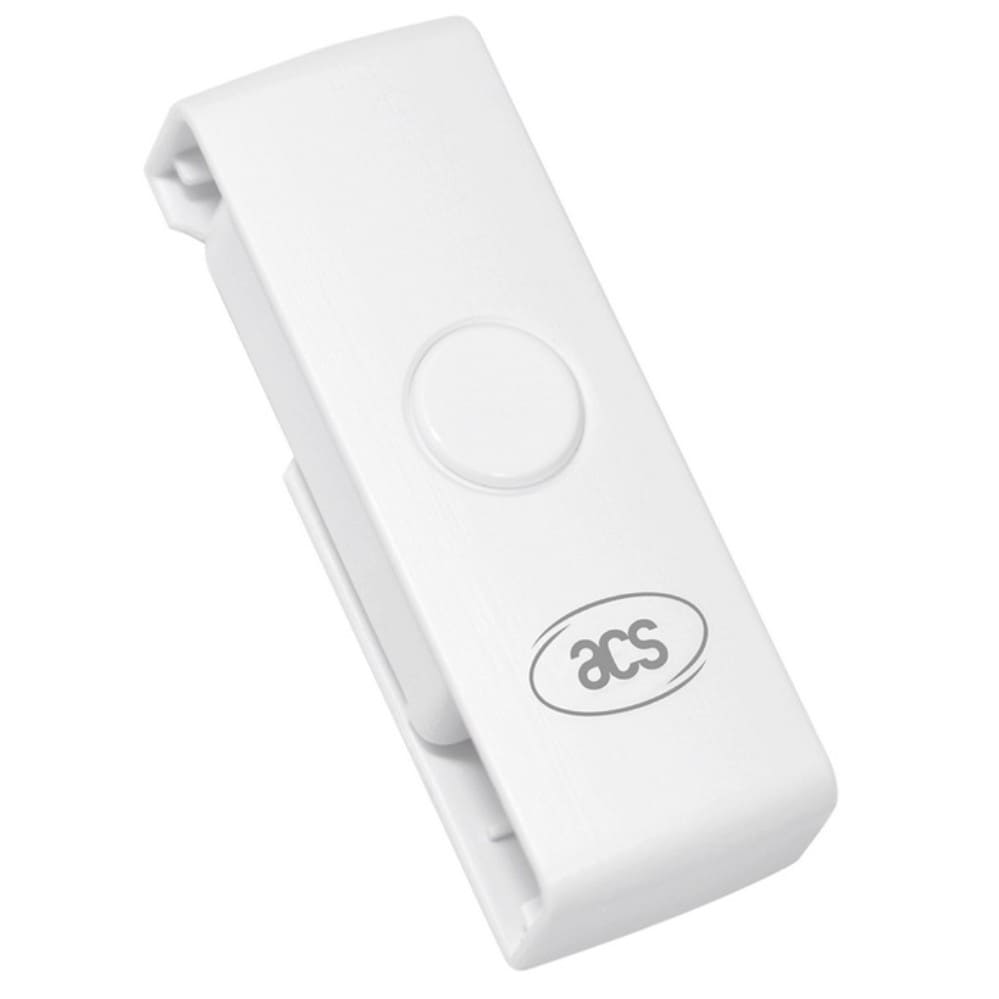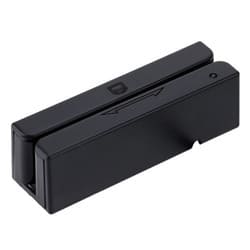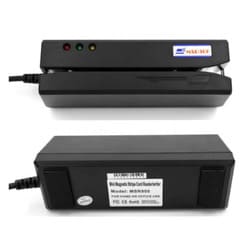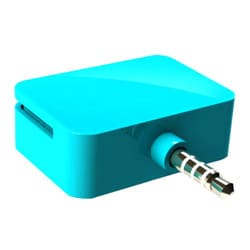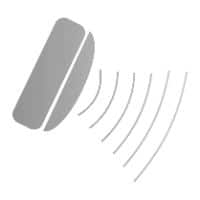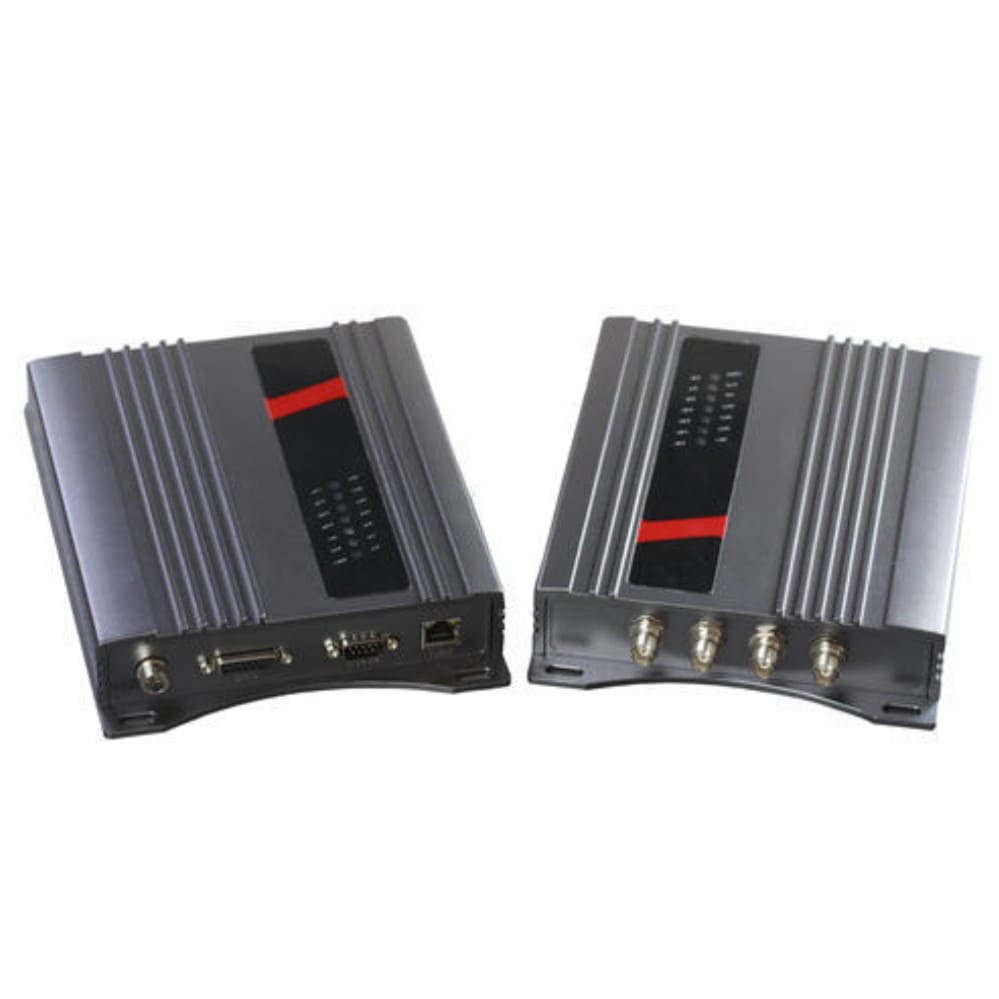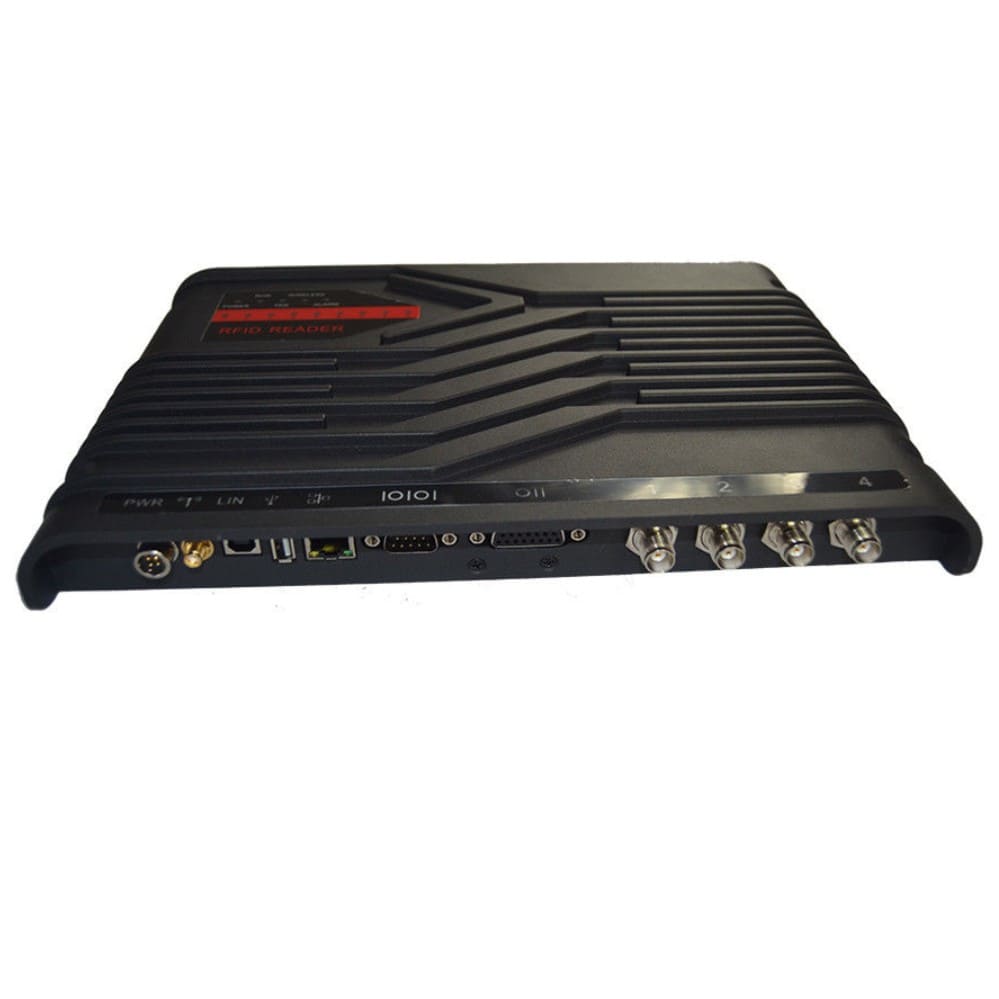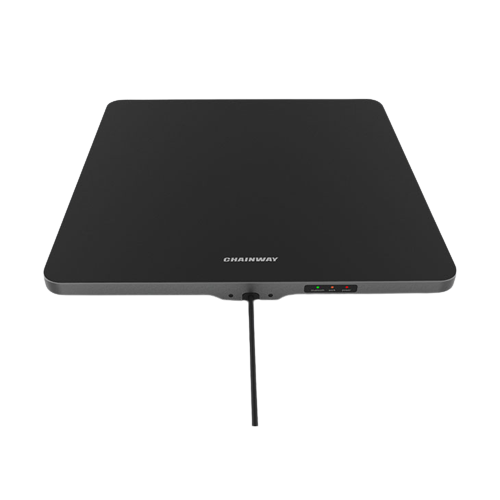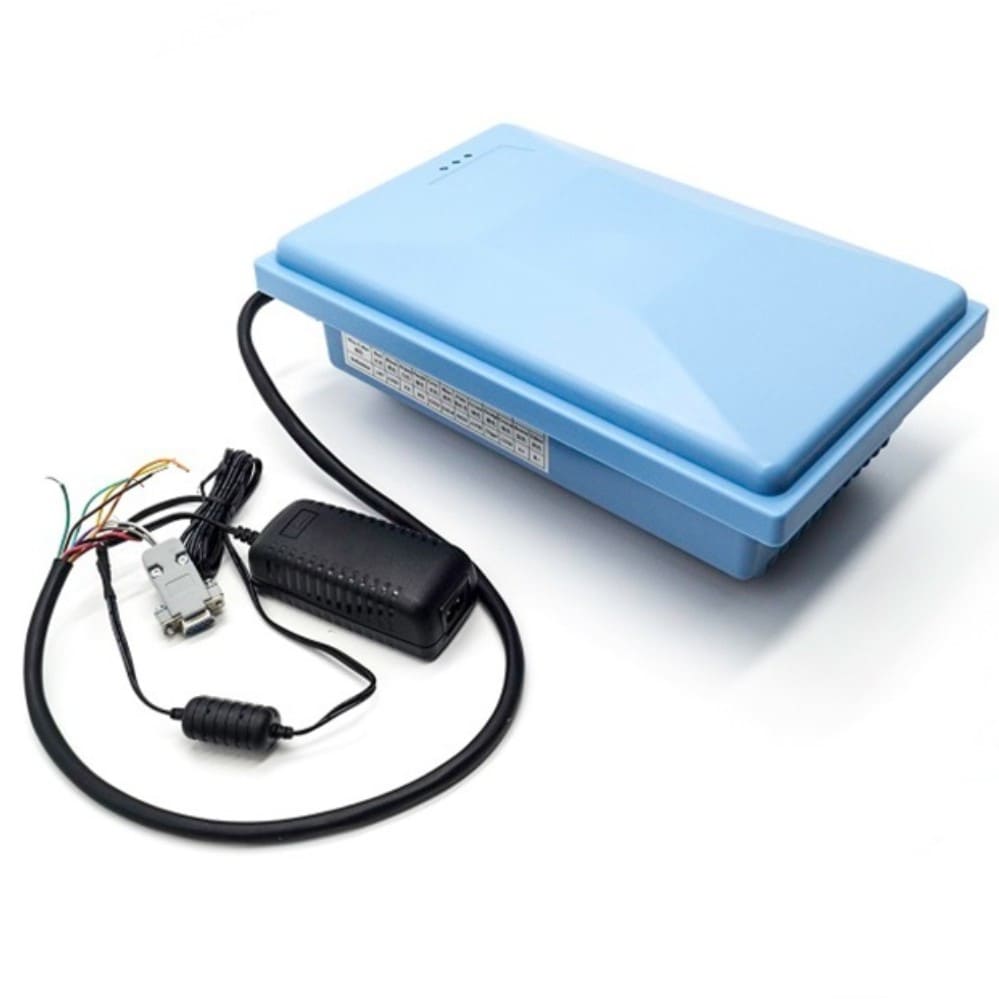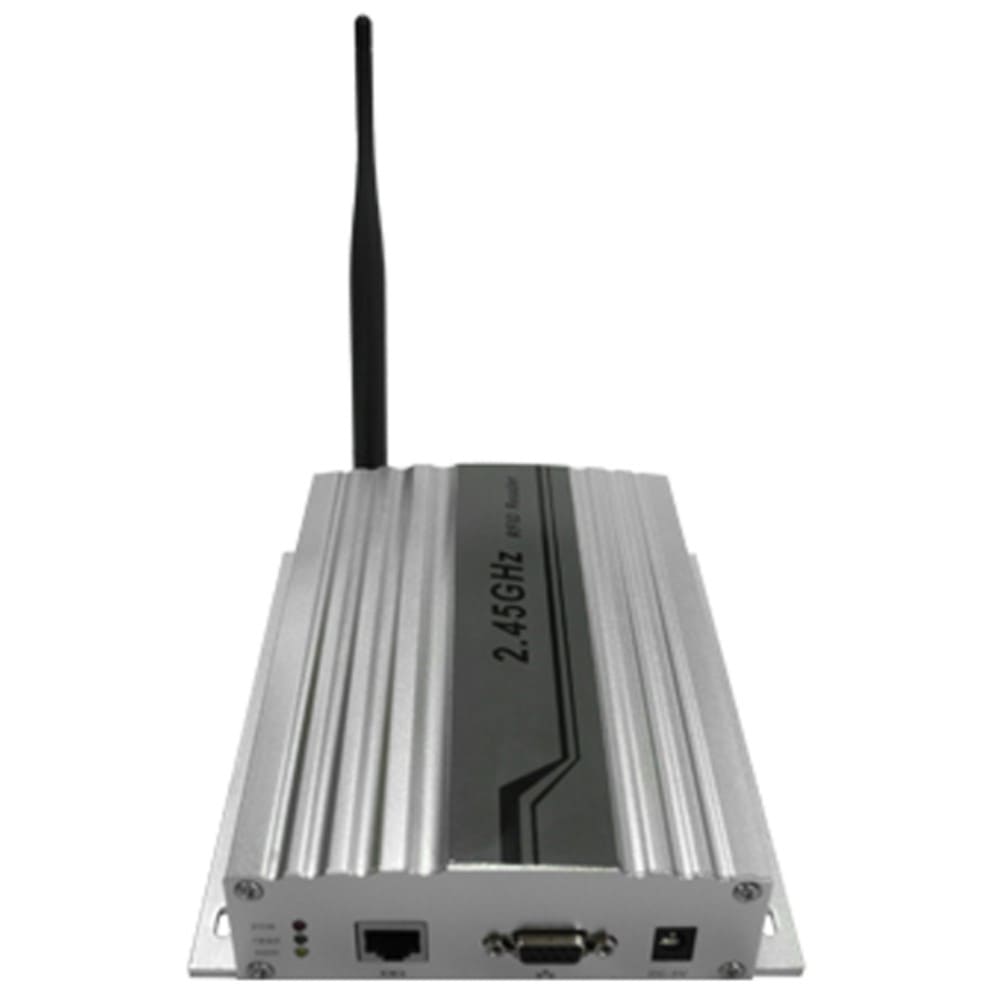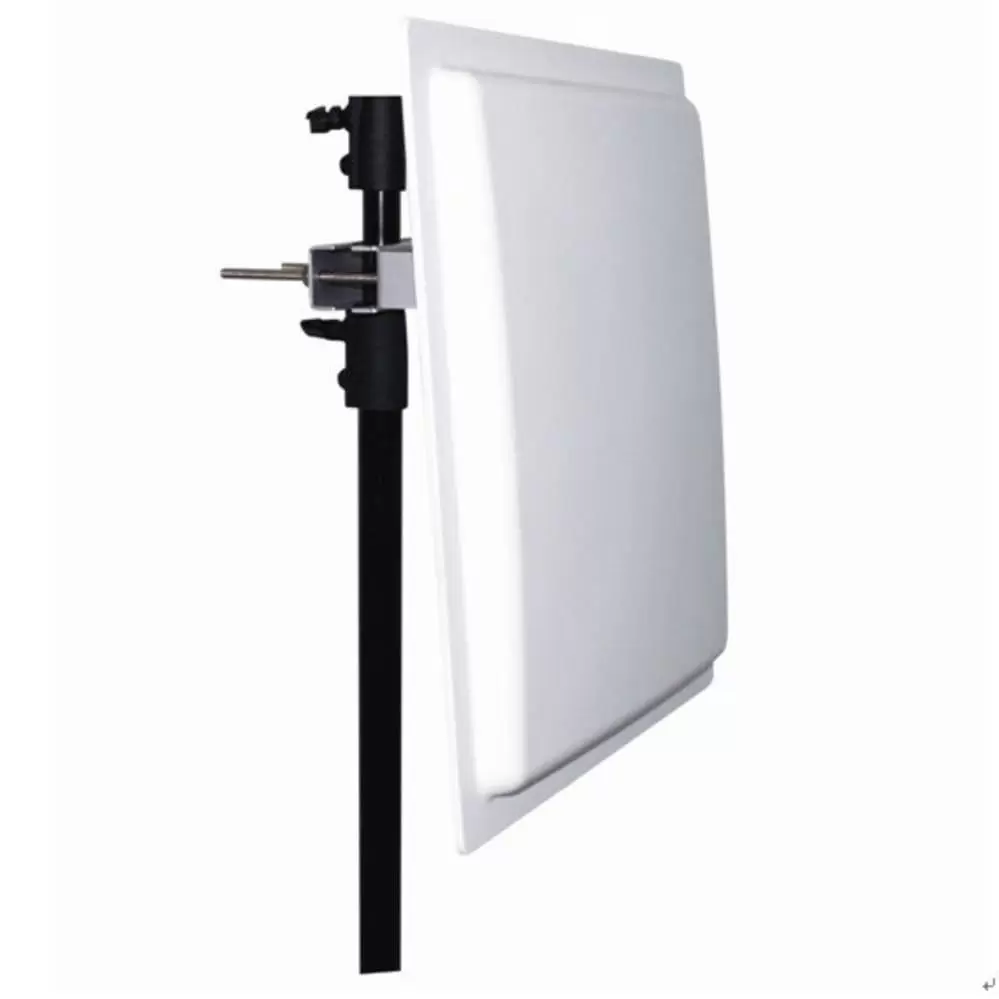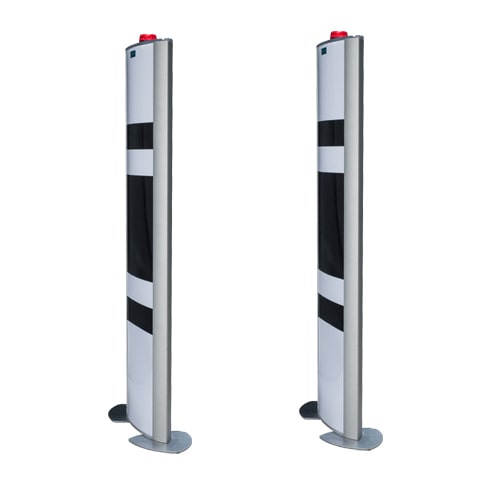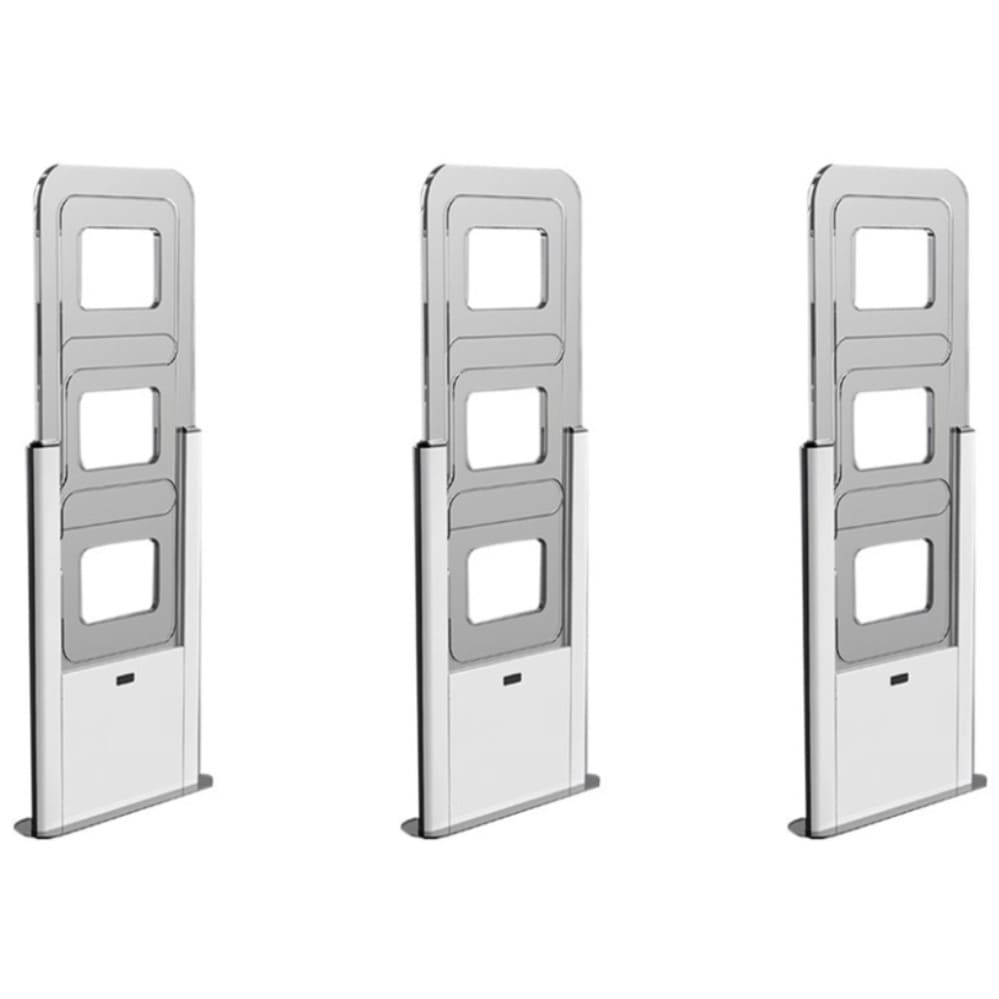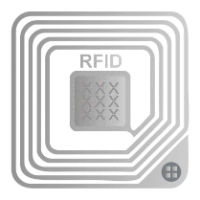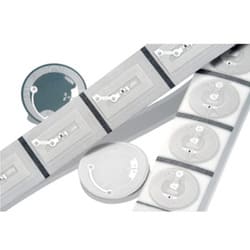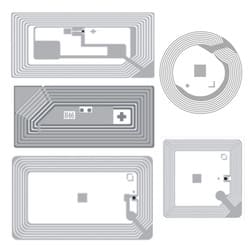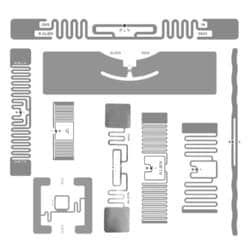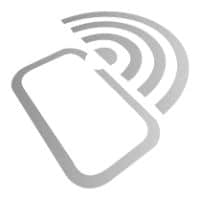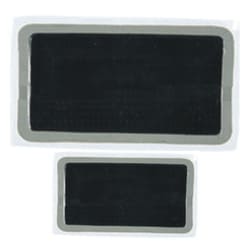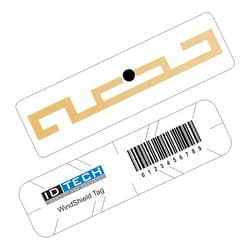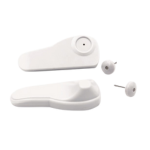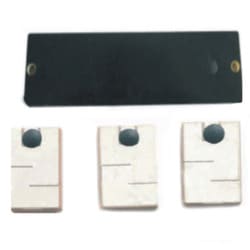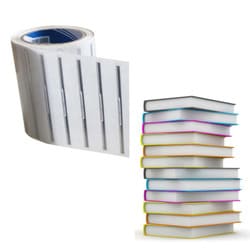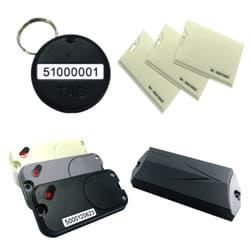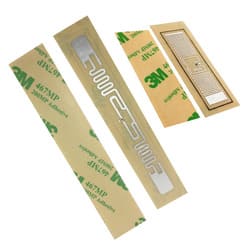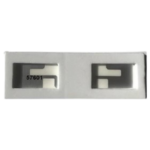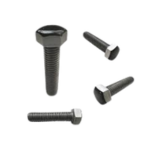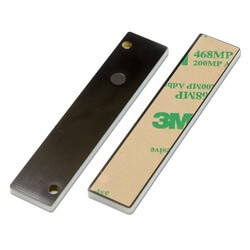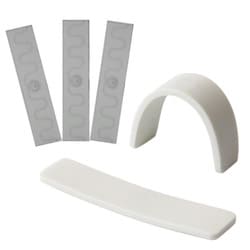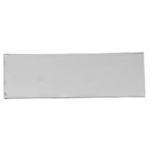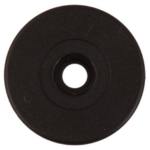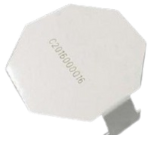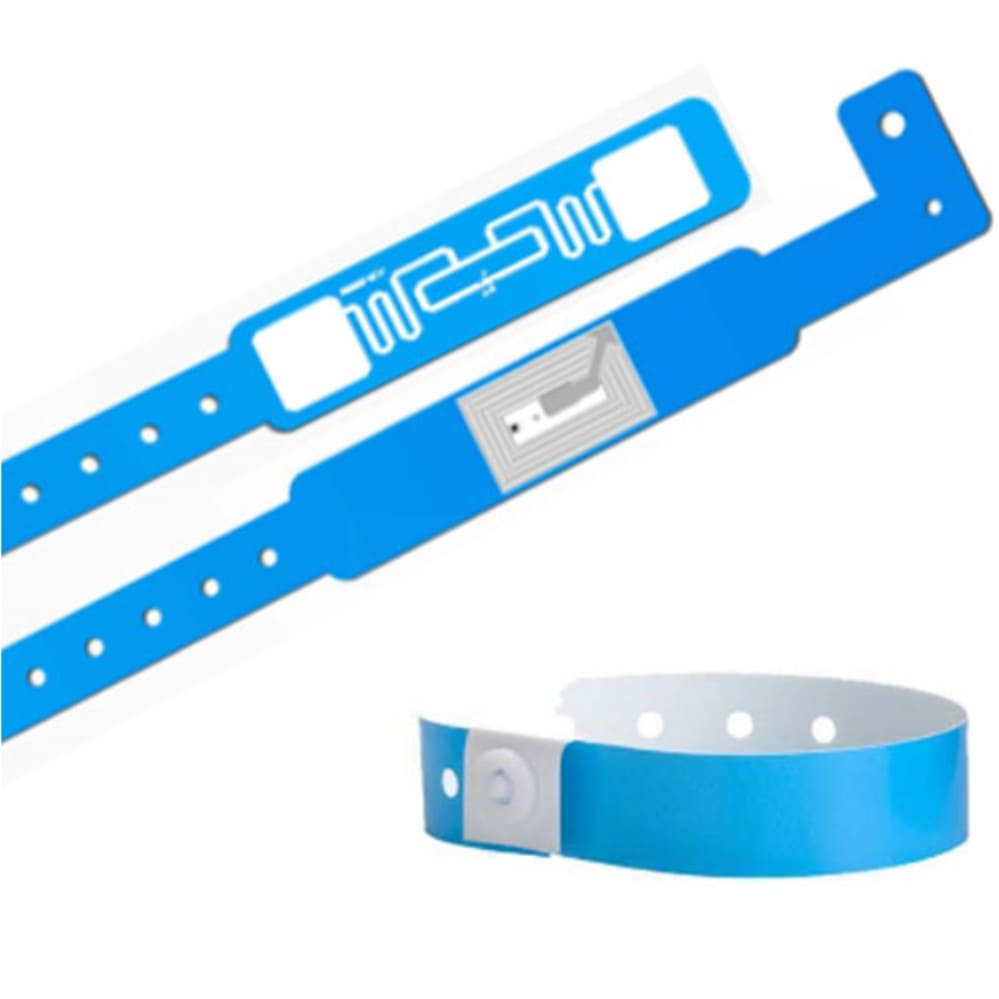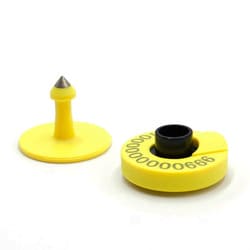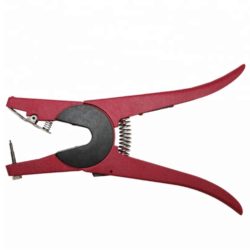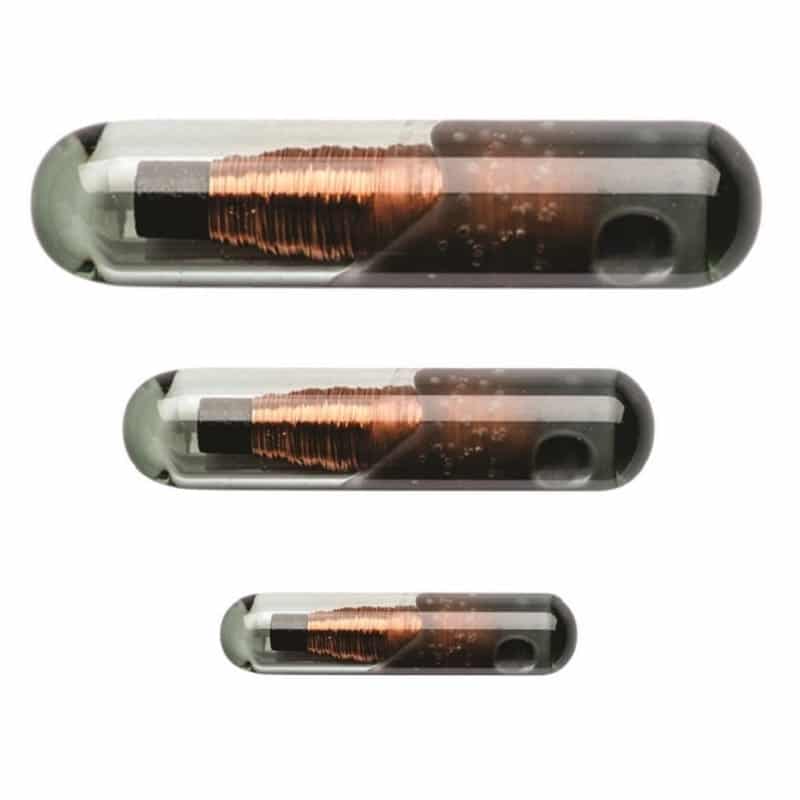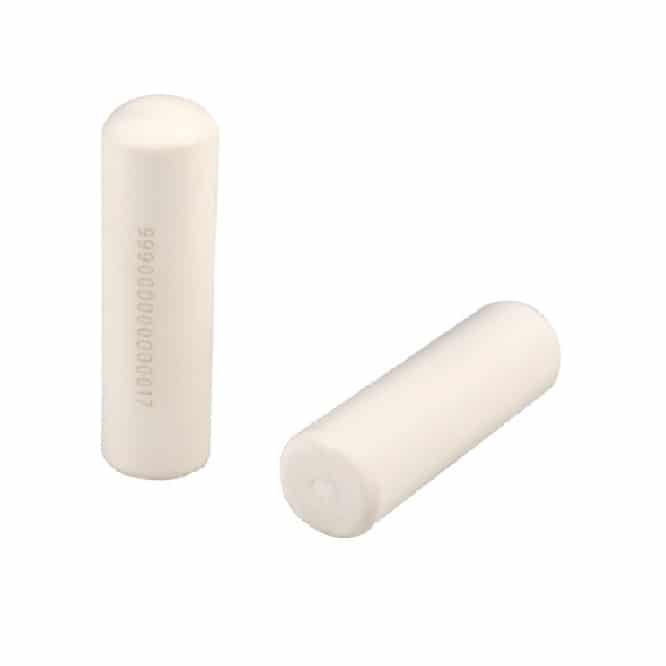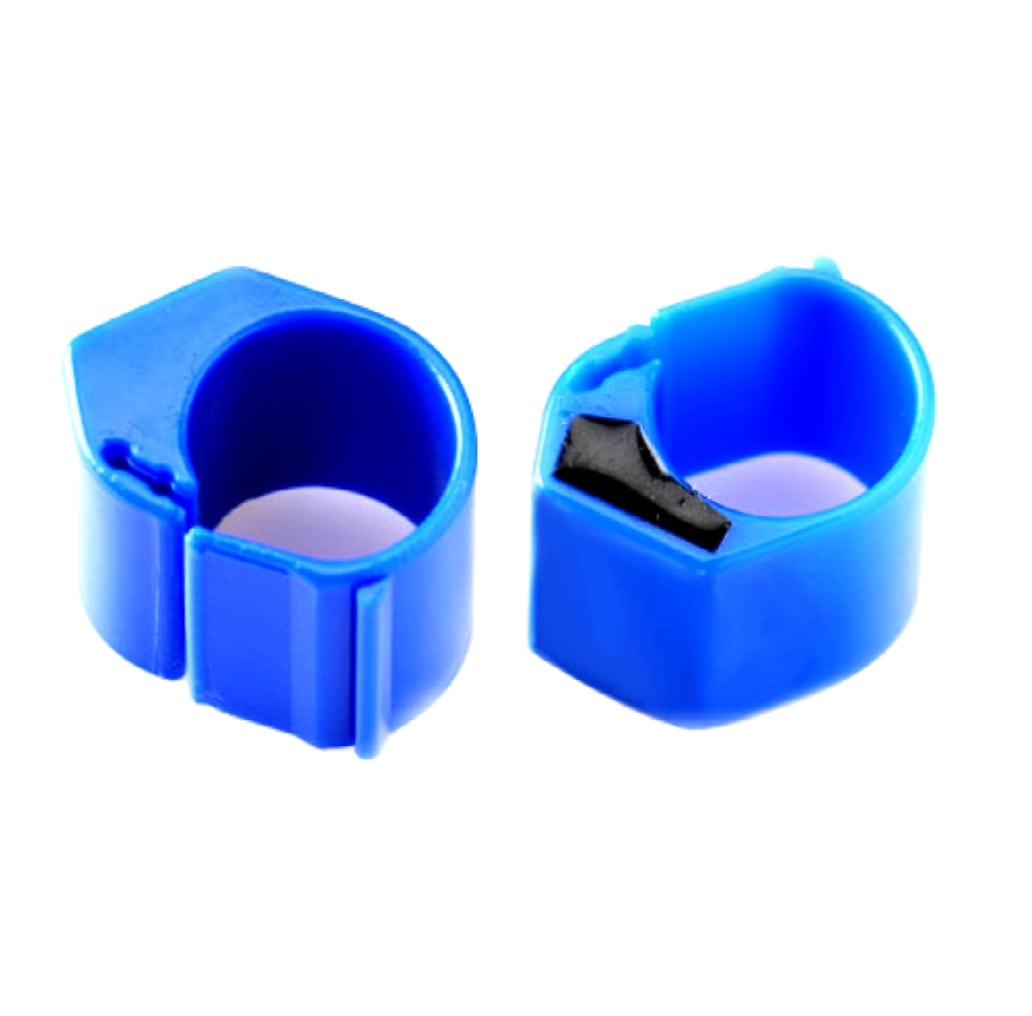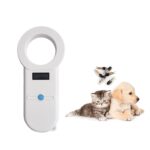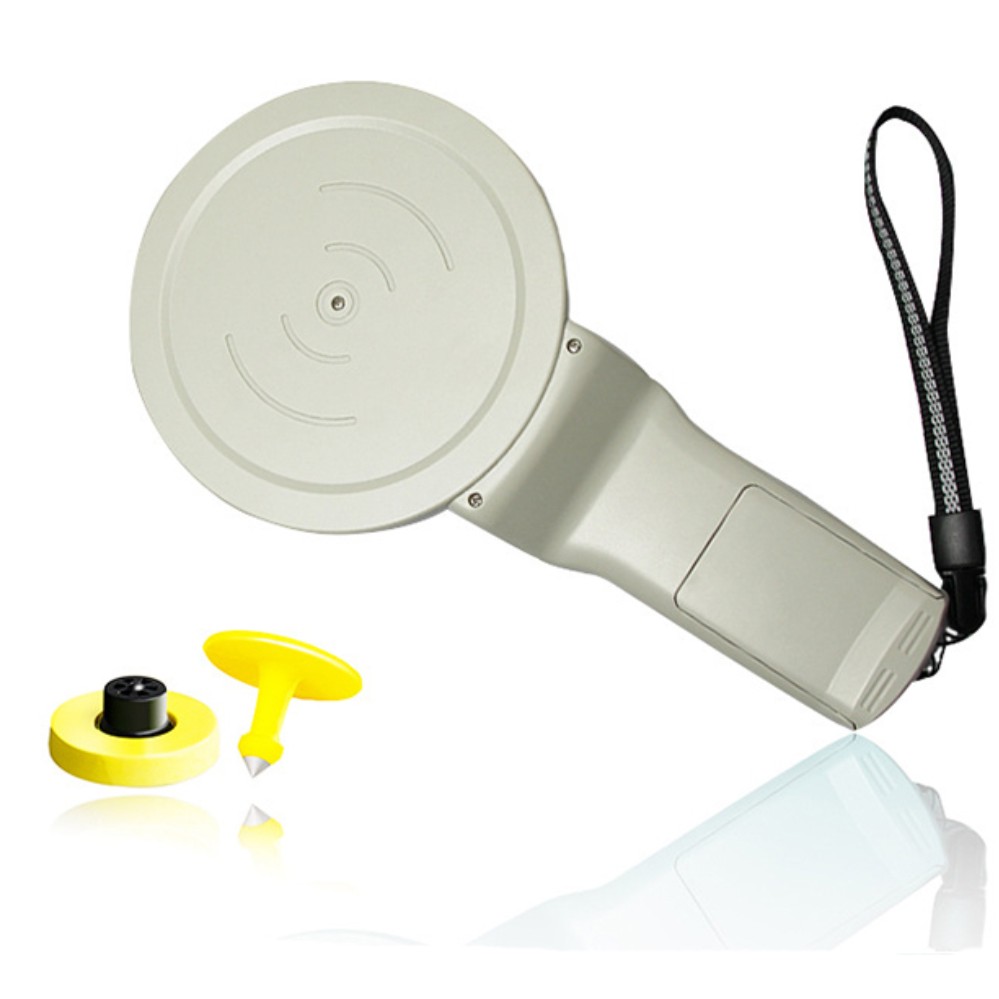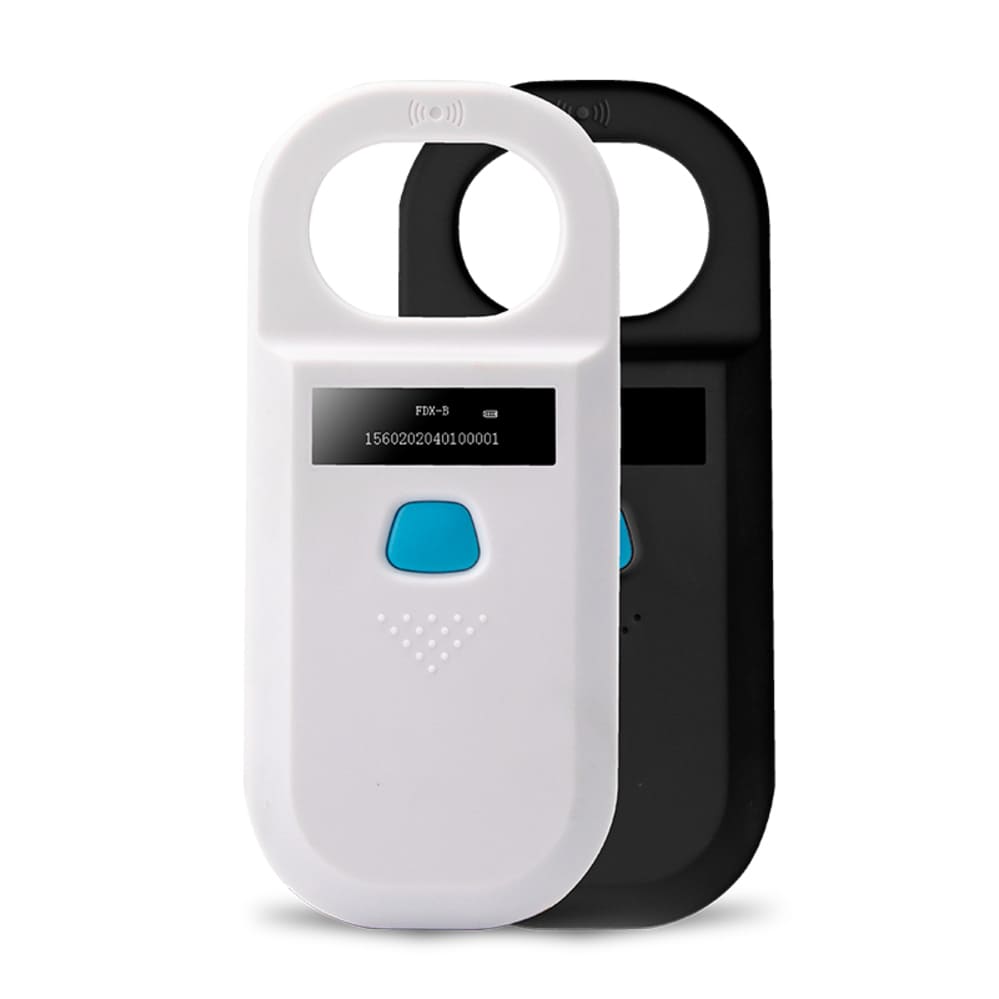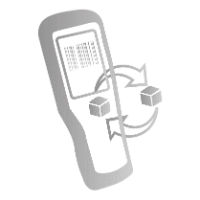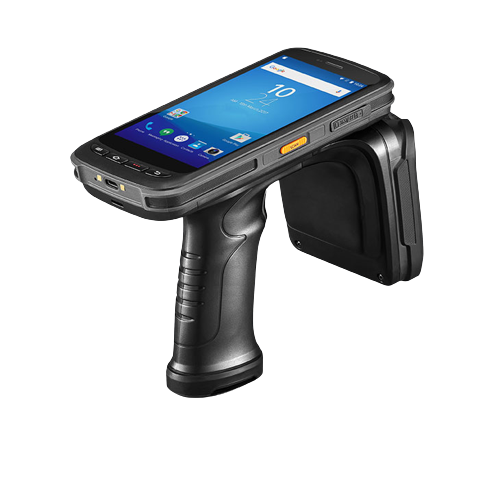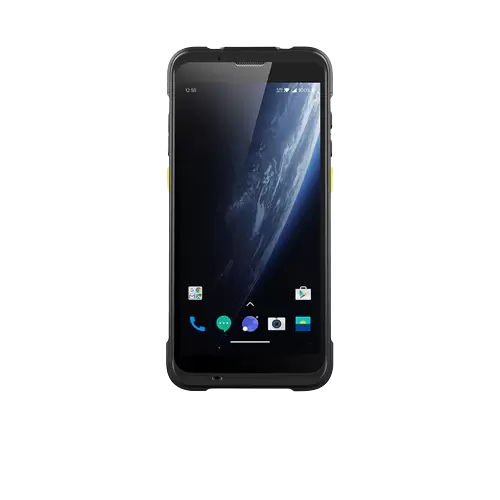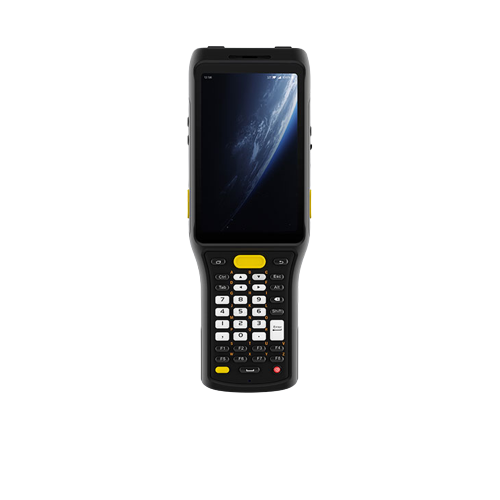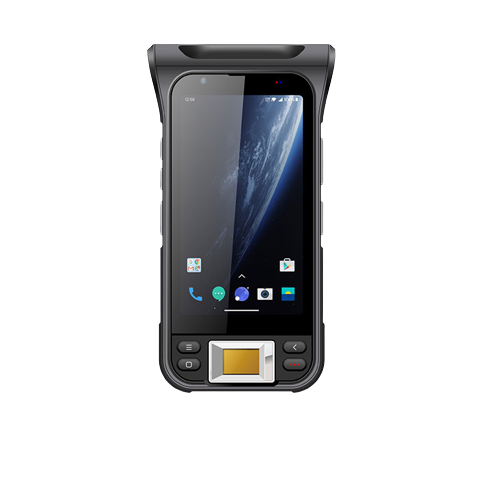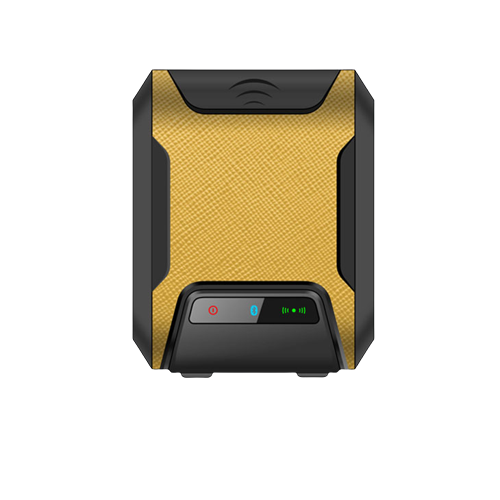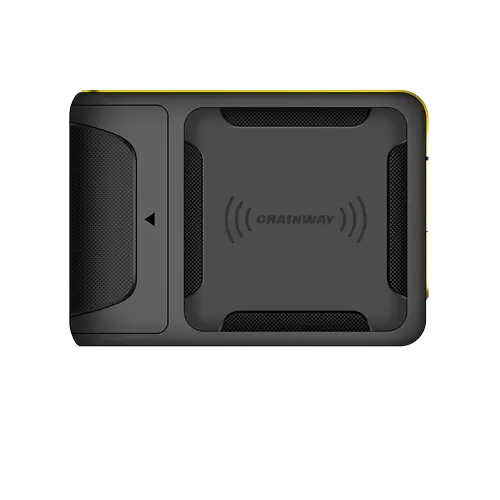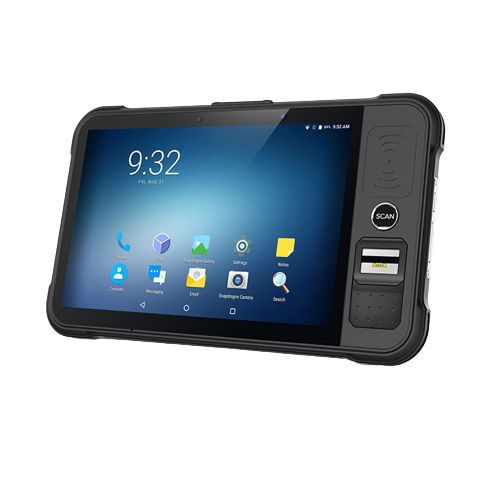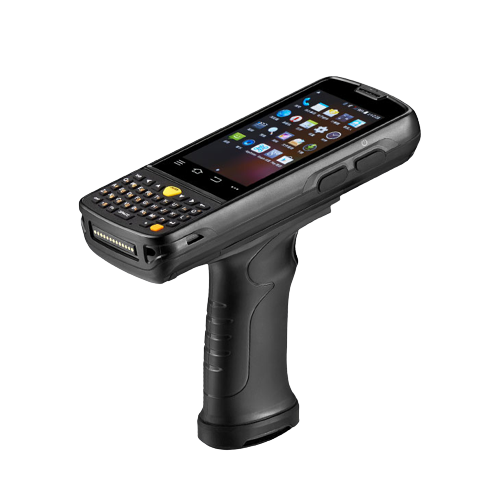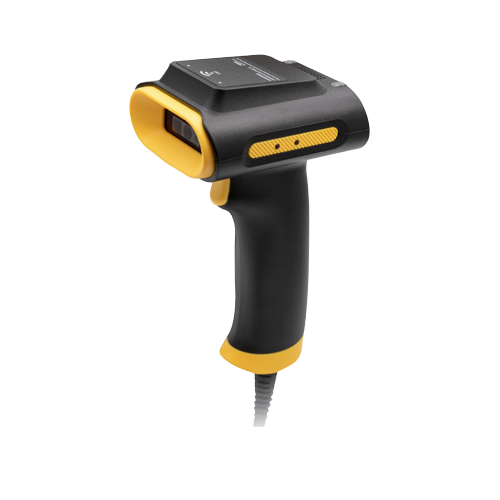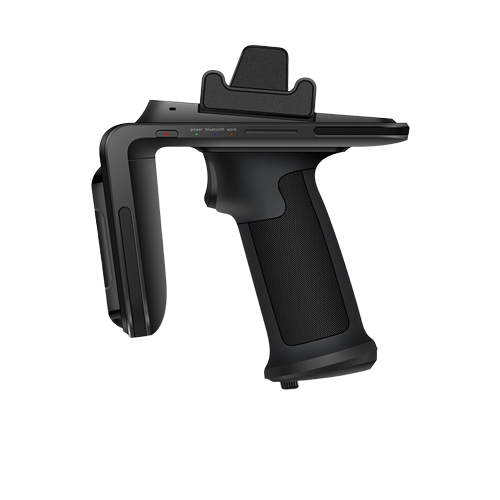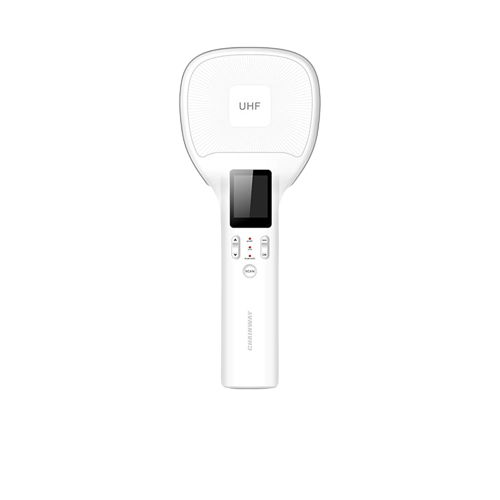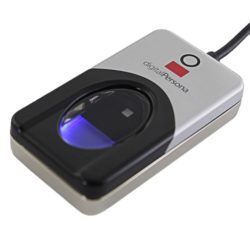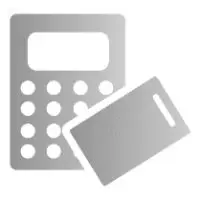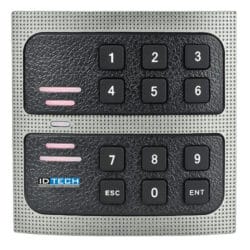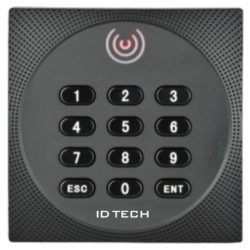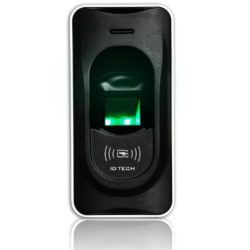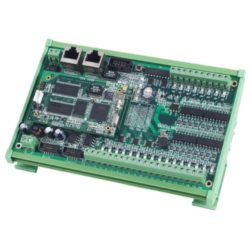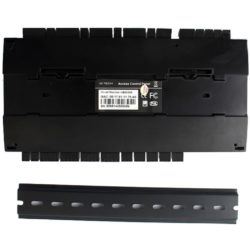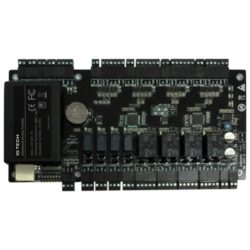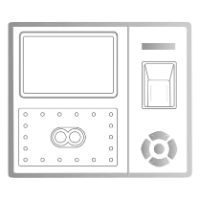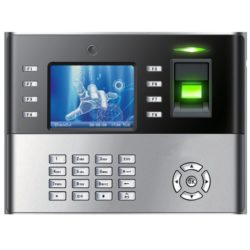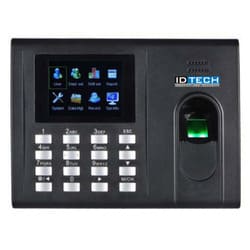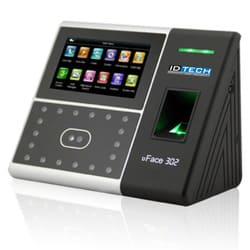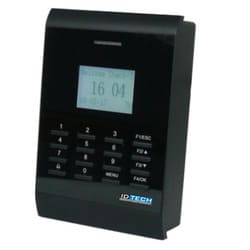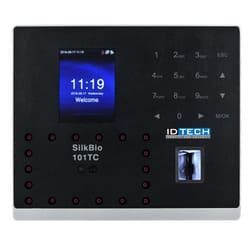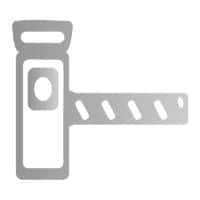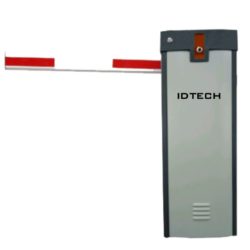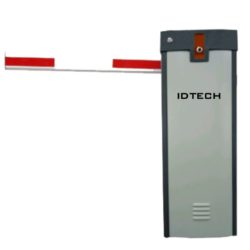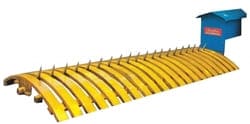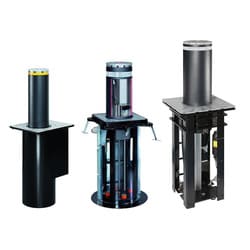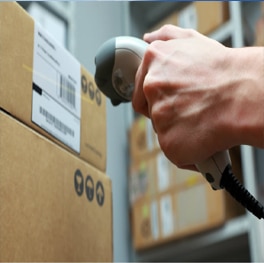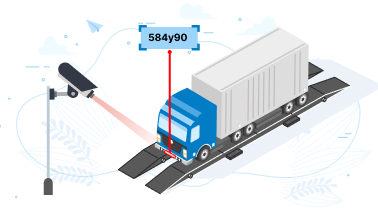In-Depth Guide: Key Considerations for Choosing the Best RFID Reader
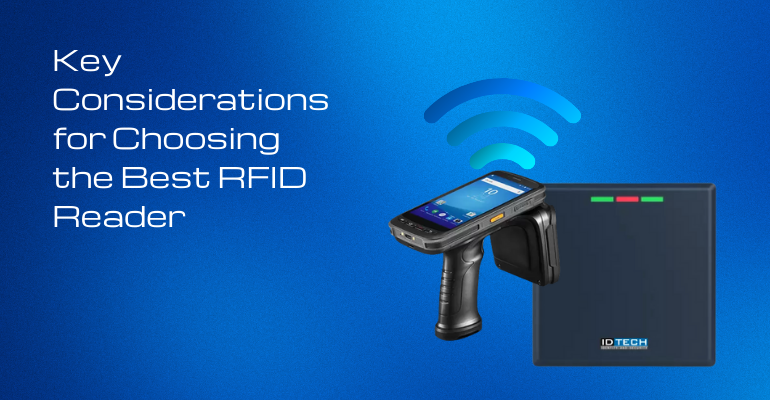
Introduction to RFID Technology:
Radio Frequency Identification (RFID) technology has transformed numerous industries by enabling automated identification and tracking of objects using radio waves. This technology consists of RFID tags, which contain electronically stored information, and RFID readers, also known as interrogators or scanners, which communicate with the tags to retrieve data. Selecting the right RFID reader is crucial for ensuring efficient operations and seamless integration into existing systems. In this comprehensive guide, we will explore the technical considerations involved in choosing the perfect RFID reader for your specific requirements.

Understanding RFID Readers:
RFID readers play a pivotal role in the functionality and efficiency of RFID systems. These devices not only power RFID tags through antennas but also capture, decode, and transmit the tag data to the corresponding software for interpretation. To ensure comprehensive coverage across various applications and industries, RFID readers are categorized into three main types, each tailored to specific needs and environments.
Fixed RFID Readers:
Fixed RFID readers are immobile devices typically installed in fixed locations such as walls, desks, portals, or other stationary points. These readers often feature external antenna ports, allowing them to connect to one or multiple antennas. Depending on the specific requirements of the RFID application, fixed readers can be configured to connect anywhere from one to eight antennas. With the incorporation of multiplexers, certain fixed readers can extend their connectivity to an impressive 64 RFID antennas, adapting to the coverage needs of diverse applications. The number of antennas connected is directly correlated with the area of coverage required. For instance, desktop applications with limited space may only need a single antenna, while larger coverage areas, like finish lines in race timing applications, may necessitate multiple antennas to establish an effective coverage zone.
Mobile RFID Readers:
Mobile RFID readers provide flexibility in RFID tag reading, allowing users to move around while maintaining communication with a host computer or smart device. Typically cordless and powered by batteries, these handheld devices utilize Wi-Fi or Bluetooth for data transmission. Two primary categories of mobile RFID readers exist: those with an onboard computer, referred to as Mobile Computing Devices, and those using Bluetooth or Auxiliary connections to interface with smart devices or tablets, known as Sleds. Mobile readers are ideal for scenarios where portability and on-the-go data capture are essential, such as field operations or event management.
Integrated RFID Readers:
Integrated RFID readers are a common subset encompassing both fixed and mobile RFID reader categories. These readers come equipped with built-in antennas, eliminating the need for external connections. While most mobile readers fall into the integrated category, fixed readers are available in both standalone and integrated configurations. Integrated RFID readers are often distinguished by their aesthetic design, making them suitable for indoor applications with a moderate flow of tagged items. The streamlined design and built-in antenna enhance the overall aesthetics and functionality, making them an excellent choice for scenarios where a pleasing appearance is essential.
USB RFID Readers:
USB Readers represent a distinct subset of RFID readers that provide a balance between fixed connectivity and enhanced mobility. Unlike traditional fixed RFID readers that are tethered to wall outlets, USB readers are fixed to a computer but offer increased flexibility. These readers are popular for desktop applications, providing a convenient solution for reading and writing individual RFID tags. With the advantage of being connected to a computer without the need for a wall outlet, USB readers are versatile and suitable for various scenarios where mobility is required without compromising the stability of a fixed connection.
5 Factors to Consider When Choosing an RFID Reader:
- Sensitivity: Sensitivity refers to the ability of an RFID reader to detect weak signals from RFID tags, even in environments with high levels of electromagnetic noise. A highly sensitive RFID reader can pick up signals from tags at low power levels, typically measured in decibels referenced to one milliwatt (dBm). For instance, a reader with a sensitivity of -80 dBm can detect signals that are 10 times weaker than a reader with a sensitivity of -70 dBm. Premium-grade RFID readers may offer even greater sensitivity, reaching levels as low as -90 dBm. This heightened sensitivity is particularly beneficial in environments where tags may be located at varying distances or obscured by other objects.
- Selectivity: Selectivity refers to the ability of an RFID reader to discriminate between signals from desired RFID tags and extraneous signals or noise. In environments where multiple RFID readers are operating concurrently or where other wireless devices emit signals in the same frequency range, strong selectivity is essential to ensure accurate tag identification. Advanced signal processing techniques, such as filtering and modulation schemes, enable RFID readers to isolate and decode tag signals with precision, minimizing the risk of interference and data corruption.
- Dynamic Reach: Dynamic reach encompasses the ability of an RFID reader to dynamically adjust its read range and adapt to variations in tag positioning, orientation, and signal strength. In real-world scenarios, RFID tags may exhibit different emission powers due to factors such as tag type, battery strength (in the case of active tags), and environmental conditions. A robust RFID reader should be capable of dynamically adjusting its interrogation parameters, such as transmit power and modulation schemes, to accommodate these variations and maintain reliable communication with tags across a wide range of distances.
- Regulatory Compliance: Regulatory compliance is a critical consideration when deploying RFID systems, particularly in regions with strict regulations governing the use of radio frequency spectrum. For example, in Europe, RFID systems must adhere to regulatory standards set forth by organizations such as the European Telecommunications Standards Institute (ETSI). These standards specify permissible frequency bands, transmit power limits, and modulation schemes to ensure coexistence with other wireless technologies and mitigate interference risks. Compliance with relevant standards, such as EN 302 208 for RFID equipment operating in the UHF band, is essential to ensure legal compliance and interoperability with existing infrastructure.
- Operation in Dense Environments: In environments where multiple RFID readers coexist or where densely packed tags are present, special considerations must be given to mitigate potential interference and ensure reliable operation. Supplementary standards and protocols, such as those defined by the EPC Global Gen2 standard, provide guidelines for optimizing reader coordination, tag anti-collision, and frequency hopping techniques to minimize contention and improve overall system performance. Additionally, advanced features such as adaptive frequency hopping and interference detection algorithms can help RFID readers adapt to dynamic RF environments and mitigate the effects of co-channel interference and adjacent channel interference.





